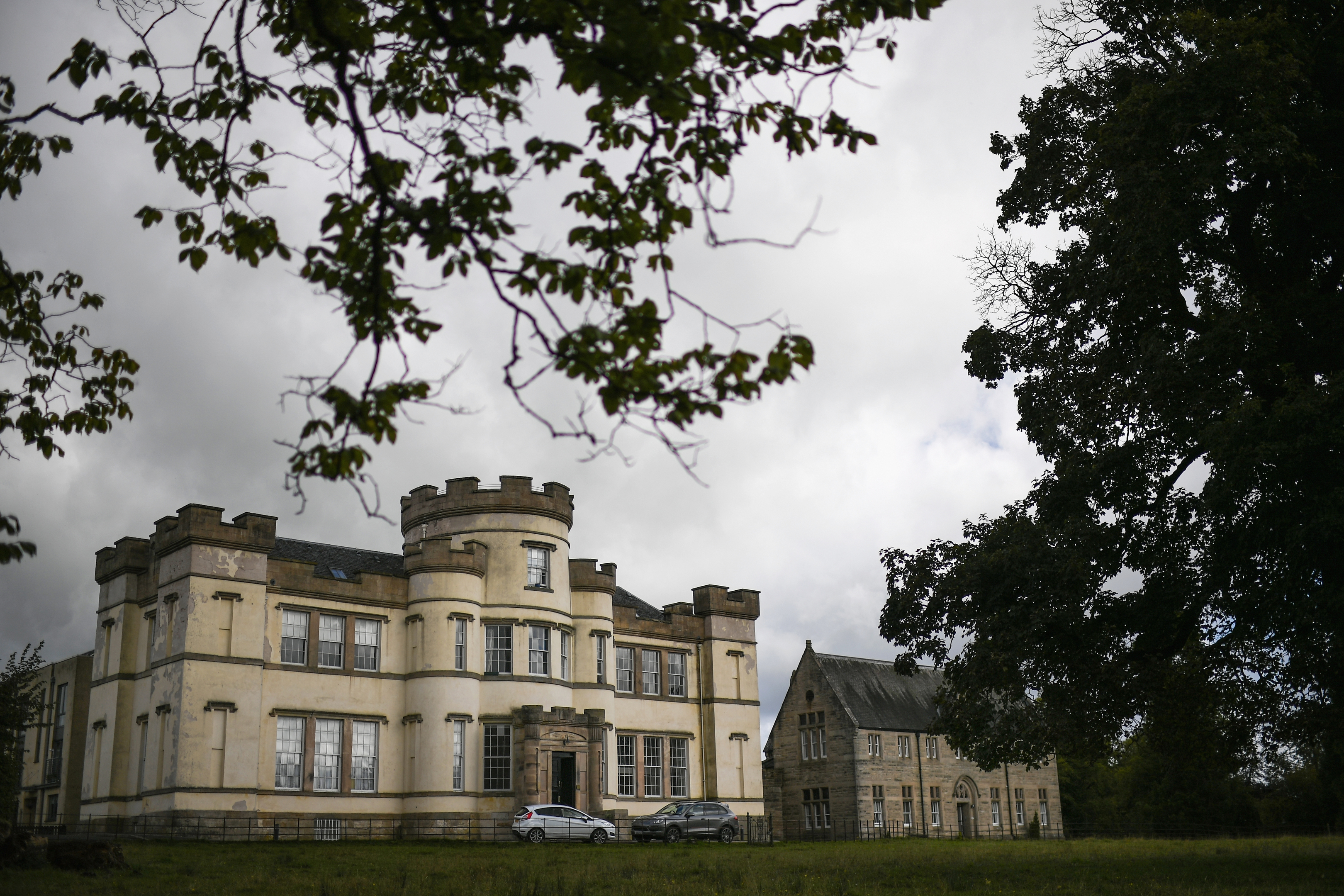
A WOMAN has claimed she was abused at an orphanage run by nuns where the bodies of hundreds of children were “buried” in a mass grave.
Theresa Tolmie-McGrane told the BBC she suffered mental, physical and sexual abuse at Smyllum Park Orphanage in Lanark in the 1970s.
A BBC and Sunday Post investigation found that at least 400 children from the institution are thought to be buried in an unmarked grave at the town’s St Mary’s Cemetery.
The orphanage, run by the Daughters of Charity of St Vincent de Paul, was home to more than 10,000 children between opening in 1864 and closing in 1981.
A spokesman said it was “shocked and saddened” by the abuse allegations.
Ms Tolmie-McGrane arrived at the orphanage at the age of six in 1968 and said she was first sexually abused by a priest when she was eight.
She told the BBC: “I had a little part-time job cleaning the pews in the church and this particular priest would arrive early and he would ask me to go into a particular room with him and he would ask me to sit on his lap and fondle him.
“He tried to fondle me and I just pulled away.”
On one occasion she said that a nun walked in to find the priest abusing her.
She said: “Instead of being angry at him, she got really angry at me. She yanked me by the left arm so hard and flung me across the room and called me a whore and told me to get out of there.
“I didn’t know my arm was broken at the time. It was only the day after that we realised.”
She added: “I think in some ways it was worse than just sexual abuse because I was punished with the broken arm for doing something a priest had forced me to do.”
Ms Tolmie-McGrane, who now works in Norway as a psychologist, left the institution at the age of 17 and went on to study at Glasgow University.
She claimed abuse at the orphanage was widespread, saying: “Every child was beaten, punished, locked in a dark room, made to eat their own vomit and I would say that most of us had our mouths rinsed out with carbolic soap.”
Smyllum: Scottish Government consider bringing in burial inspector for mass grave
A Daughters of Charity spokesman said: “We are shocked and saddened by these accounts describing acts that are alleged to have happened at Smyllum Park nearly 50 years ago.
“We would urge anyone who believes they have been victim of a crime to contact the police, who will then work with our safeguarding team.
“We are also Core Participants in the ongoing Scottish Child Abuse Inquiry, and will continue to work with the Inquiry, and any other enquiries or investigations, for as long as required.
“We would like to offer sincere and heartfelt apology to anyone who suffered any form of abuse while at our facilities.”
Prosecutors have said there is no evidence that a crime has been committed at the orphanage in relation to reports of the mass grave.
Research of death records found that most of the children died of natural causes between 1870 and 1930 from common diseases such as tuberculosis, pneumonia and pleurisy.
Smyllum Park Orphanage is one of the institutions being examined by the Scottish Child Abuse Inquiry.
Representatives of The Daughters of Charity of St Vincent de Paul gave evidence to the inquiry in June and said they could find no evidence of abuse.

Enjoy the convenience of having The Sunday Post delivered as a digital ePaper straight to your smartphone, tablet or computer.
Subscribe for only £5.49 a month and enjoy all the benefits of the printed paper as a digital replica.
Subscribe